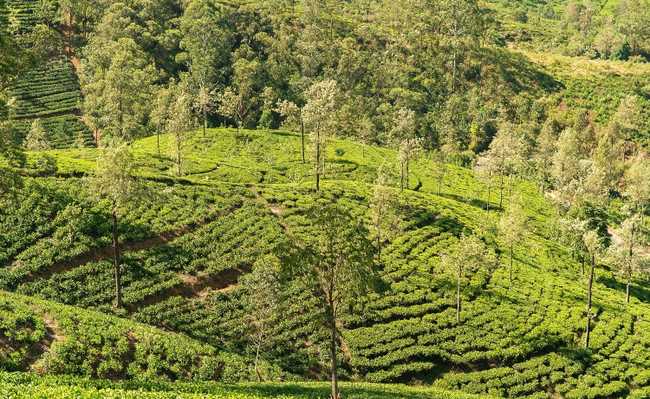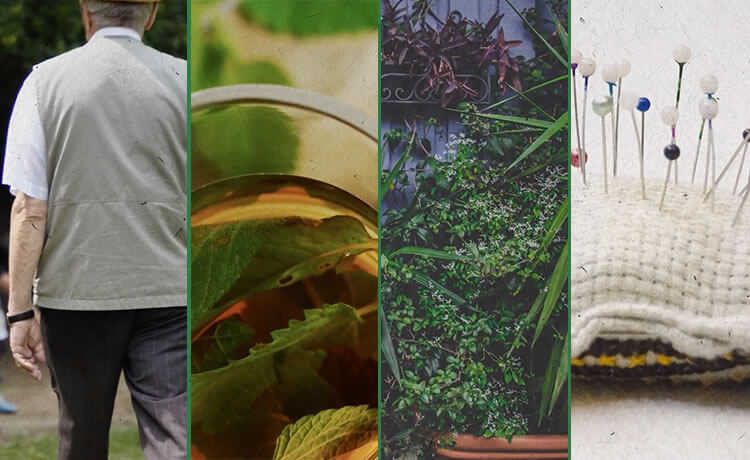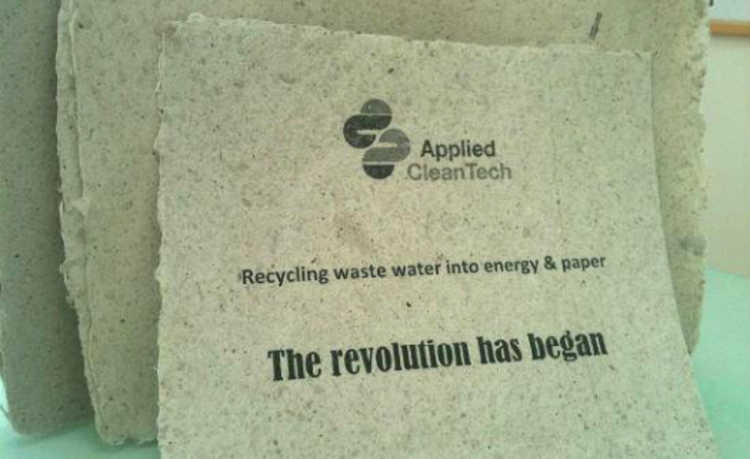What is the multipurpose cleaner made of and what are its environmental impacts?
Know what makes up the multipurpose cleaner and what are its impacts on the environment

Imagine if it were possible to clean tiles, floors, ceramics, stoves, refrigerators and objects in your home with an all-in-one cleaner that doesn't make your conscience bad about the environment. Is it possible? The answer to this question is not that simple, so read on...
what are they made of
The common multipurpose cleaner, in addition to fragrances, adjuvants and water, has as its main component in its formulation a substance called LAS (linear alkylbenzene sulfonate).
LAS is an anionic surfactant. This means that it has high foaming power, high detergency and high wetting.
To give fragrance, volatile organic compounds, called VOCs, are also used. The problem is that some types of VOCs, even if they are of natural origin, can damage your health.
These characteristics make the LAS-based multipurpose cleaner, after its use in cleaning, a hindrance to human health and the environment.
LAS impacts
When the LAS present in the multipurpose cleaner and other cleaning materials ends up in water bodies, it makes aquatic life unfeasible by decreasing the permeability of light, breaking the surface tension of the water (which decreases dissolved oxygen), from the stagnation of suspended particles, the increase in the concentration of PCBs and PAHs, the formation of foam and damage to cell membranes.
LAS also prevents the reproduction and growth of soil invertebrates and has acute effects on plankton, bacteria and crustaceans. In long-term exposure, it can alter the biochemistry of the kidneys.
Alternative Multipurpose
We can opt for an all-purpose home cleaner or even a ready-made all-purpose cleaner that has non-ionic surfactants. These non-ionic surfactants have the power to reduce surface tension - which is what allows cleaning, but is also a harmful factor to the environment after domestic use, as occurs in the multipurpose cleaner with LAS. However, the foaming power is lower in non-ionic surfactants than in ionic ones. In other words, this is not a solution, but it is certainly a form of harm reduction.
Anyway, even with homemade ingredients or non-ionic surfactants, it is important to remember that any substance in excess, even if it is biodegradable, has a potential (some more, some less) of becoming a polluting substance after use. That's why awareness is needed.










